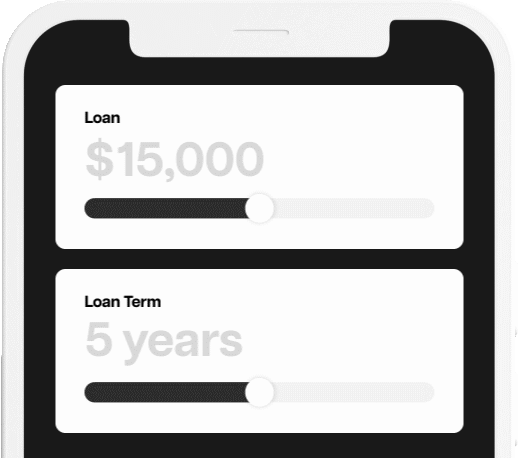Education Loans: A Guide to Funding Your Future
Introduction: Understanding Education Loan
An education loan is a type of financial aid for students. It is designed to help students cover their tuition fees financing, books, living costs, and other academic materials. The primary aim of these loans is to make higher education more accessible to individuals who may not afford it otherwise and subsequently miss opportunities for college or further studies.
Who is Eligible for an Education Loan?
Students
Education loans are available to students enrolled in accredited educational institutions.
Parents
Parents can also take out loans on behalf of their dependent children under select student loan programs.
Graduates/Professionals
Federal student aid and private student loans are also available for graduates and professionals who are seeking further education.
Part-time Students & International Students
Last but not least, part-time students meeting certain criteria and international students under specific programs are eligible for university debt funding or an education credit line.
Where to Obtain an Education Loan?
Student loans can be obtained from multiple sources:
Banks & Credit Unions:
Banks offer a variety of college loans with different interest rates and repayment terms. Credit unions often provide lower interest rates than banks because they are member-owned financial cooperatives.
Government Loans & Private Lenders:
Governments offer subsidized or low-interest-rate federal student aid to eligible students. Private lenders, on the other hand, offer flexible education financing options outside traditional banking systems which may involve scholarship loan or educational grant loan.
Why Take Out an Education Loan?
Education loans can be helpful due to several reasons:
High Cost of Education:
The necessity for graduate loans often arises due to the high cost of modern-day higher education.
Financial Accessibility:
education loans provide financial accessibility, allowing those without immediate funds to pursue college or further studies and thus potentially increase their future earning potential.
Investing in Future Earnings & Independence:
Taking out a loan can help maintain personal or family savings which are vital in facilitating independence by funding your own education. This also serves as an investment in one’s educational development which translates into better career prospects in the future.
Benefits and Features of Taking Out an Education Loan
Education loans come with their unique set of benefits and features:
Purpose & Eligibility:
They are specifically designed for educational expenses, with the eligibility criteria revolving around enrolment status, credit history, income levels, etc.
Loan Amount:
The amount borrowed can cover partial or full cost of attendance depending on individual needs.
The Working Of An Educational Loan
The typical process involves filling out an application form followed by approval. Once approved, funds are disbursed directly to either the student or the school.
Interest rates on these loans may depend on whether they’re subsidised (interest does not accrue while in school) or unsubsidised (interest begins accruing immediately). Repayment options range widely—from immediate to post-graduation—with flexible plans based on income level post-studies. There may also be moratorium periods where repayments are deferred until after graduation.
These key advantages include accessibility to higher education; effective cost management via diverse repayment plans; investing wisely now for potentially greater returns later via improved employment opportunities; flexible repayment schedules based on changing economic situations after school ends; and benefiting from deferred repayments.
Conclusion
An education loan serves as a bridge between current financial abilities and potential academic achievements that may lead to improved lifetime earnings and career fulfilment. Therefore, like any debt instrument, borrowers must fully understand all terms & conditions before committing themselves financially to such arrangements. This includes knowing how much they’ll end up paying back over time considering both the principal amount and the accrued interest!









